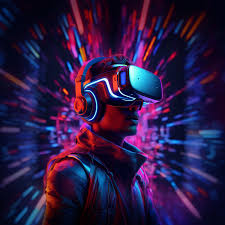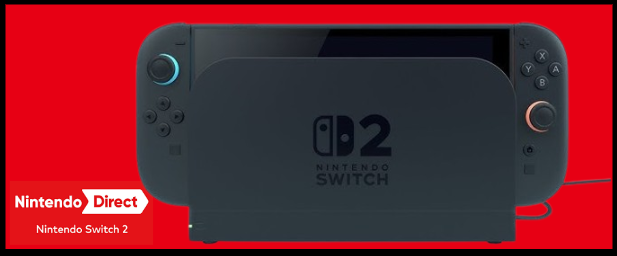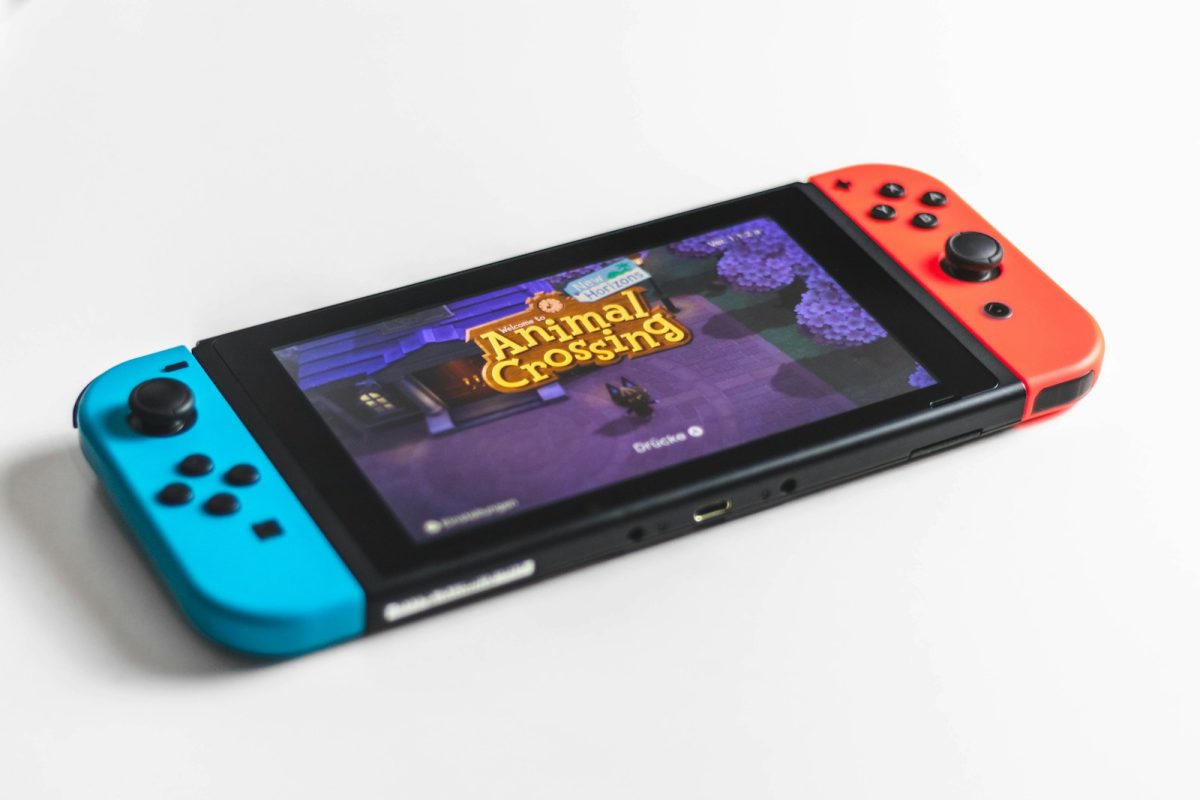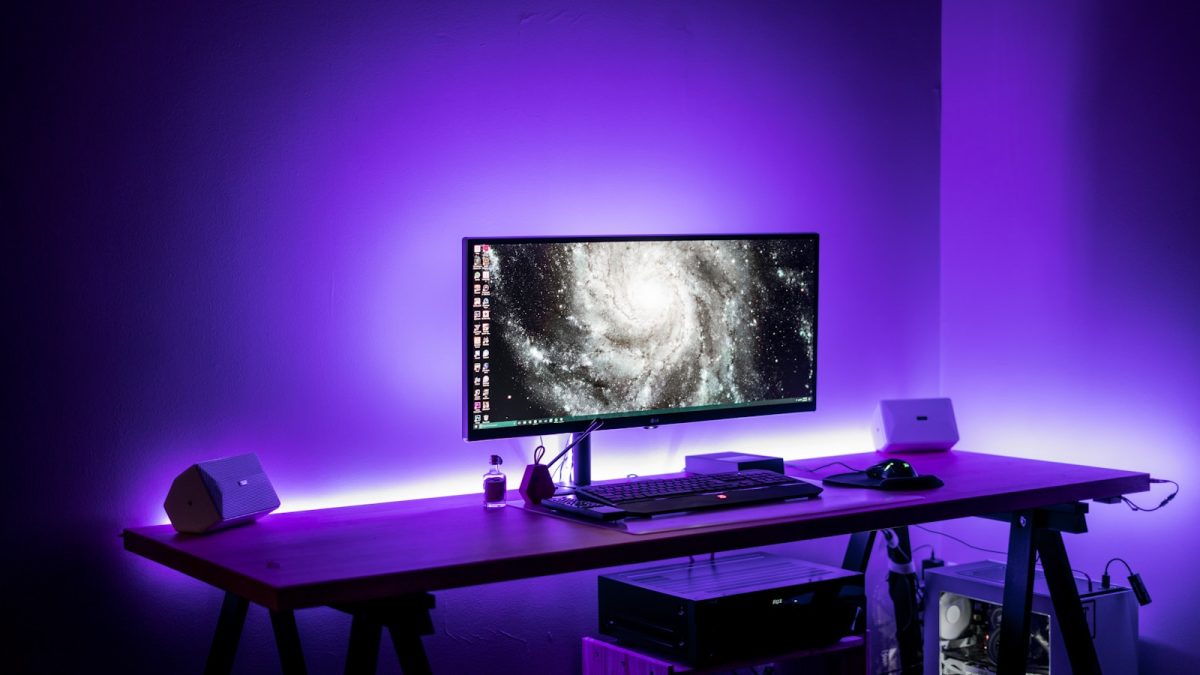Extended Reality (XR) is a set of immersive technologies, including Virtual Reality (VR), Augmented Reality (AR), and Mixed Reality (MR). It is set to create opportunities for firms because of the immersive technologies. These technologies blur between the virtual and real worlds, offering new ways to interact with digital content. According to hololight.com, XR has gained significant traction across various industries. These industries include gaming, training, design, engineering, etc…
The pillars of Extended Reality are VR, AR, and MR. VR or Virtual Reality is a fully immersive, simulated experience that uses hardware similar to a headset. It immerses users in a digital environment that shuts out the real world. It is usually in head-mounted displays like the Meta Quest Oculus. VR also allows you to interact with digital objects and complete scenarios that would be impossible in real life. The gaming, training, and architectural industries rely on VR for immersive experiences. Augmented Reality (AR) layers digital features and elements of the real, physical world with glasses, smartphones, and other tools. It overlays digital content into the real world. Unlike VR, AR allows users to stay aware of their surroundings while interacting with virtual elements. Mixed Reality (MR) combines both the aspects of VR and AR. It allows users to be present in the real and virtual worlds simultaneously. Additionally, MR helps recognize physical spaces and enables virtual objects to exist and respond to real-world conditions dynamically. MR is functional in engineering, collaborative design, and medical training, where digital models must integrate seamlessly with physical environments.
Benefits of Extended Reality include enhancing employee training outcomes, reducing costs by increasing efficiency in operations, and improving and modernizing the customer experience. Applications of XR include Entertainment, which includes video games, movies, and live events, Education and training, where XR technologies are used to create immersive learning experiences, Healthcare, where XR can be used for training, surgical simulations, and therapy, you can also use XR in manufacturing and design where it can be used to visualize and test products before they’re built, and it can also be used for marketing and advertising where AR, not XR, is used to create interactive, immersive, and advertising experiences. Extended Reality is also being used in retail and commerce, where people have the opportunity to try products before they buy them, real estate, where XR can give users a virtual tour of buildings, extended reality is also used in remote working, where employees can connect with the office and other people regardless of time and location, XR is also used in process control, where XR can perform quality control and audits remotely, which can save time and personnel resources, and XR can also be used in the repair of machinery and equipment where XR speeds up the repair time of various types of machinery and equipment as specialists performing work can connect remotely and assess the amount and scope the work needed before physically arriving to the site.
Related Stories:
What Is Extended Reality Technology? Definition and Everything You Need To Know – Mazerspace
What is XR? Understanding Extended Reality and Its Impact
Extended Reality: Everything You Need to Know | Built In
What is Extended Reality (XR): Complete Guide in 2025
What Is XR (Extended Reality)?
Take Action:
Extended Reality @ Berkeley – Check out Extended Reality at Berkeley and how you could help
XR (Extended Reality) in non-profit communication – How XR is used in nonprofit communications






